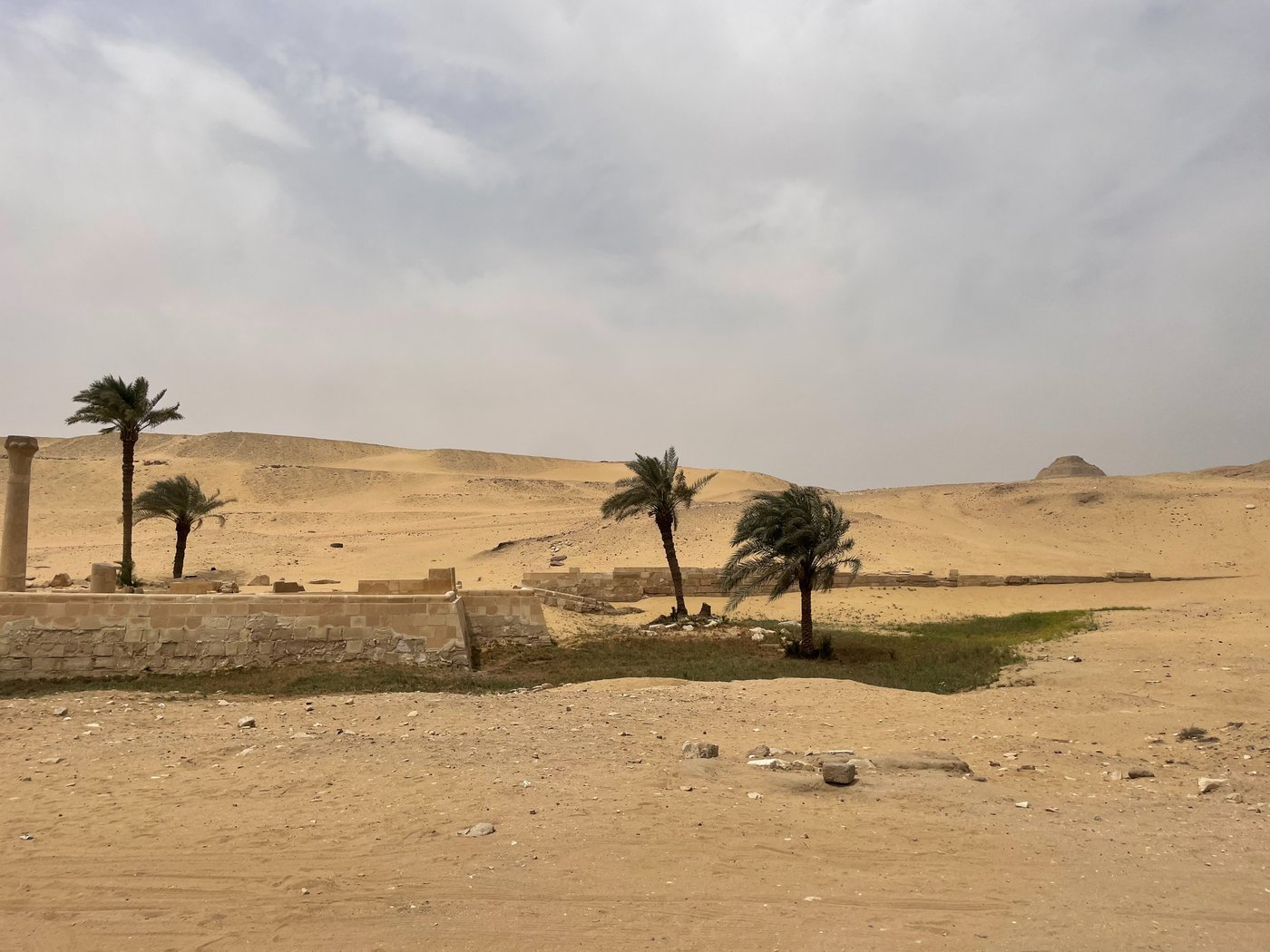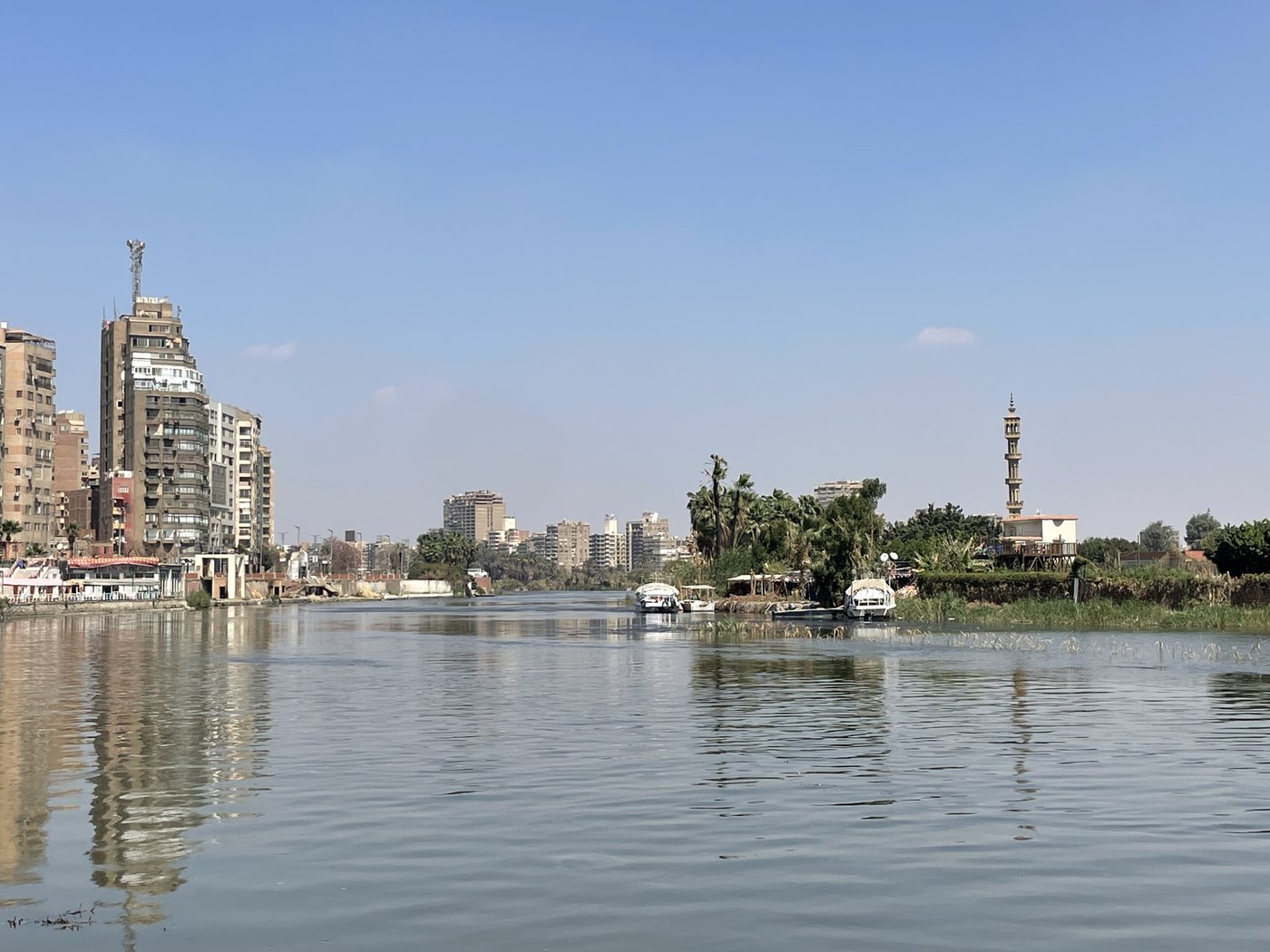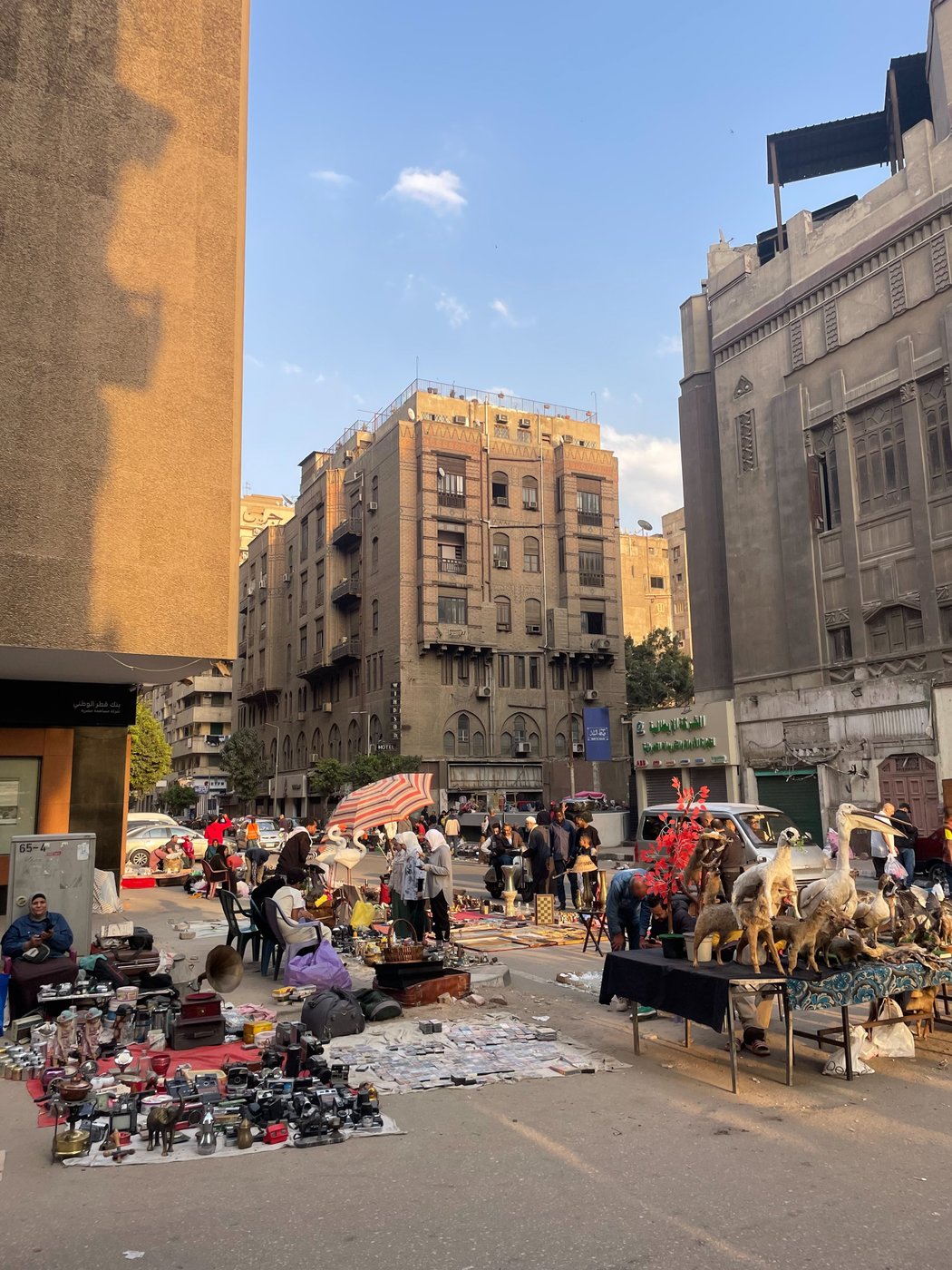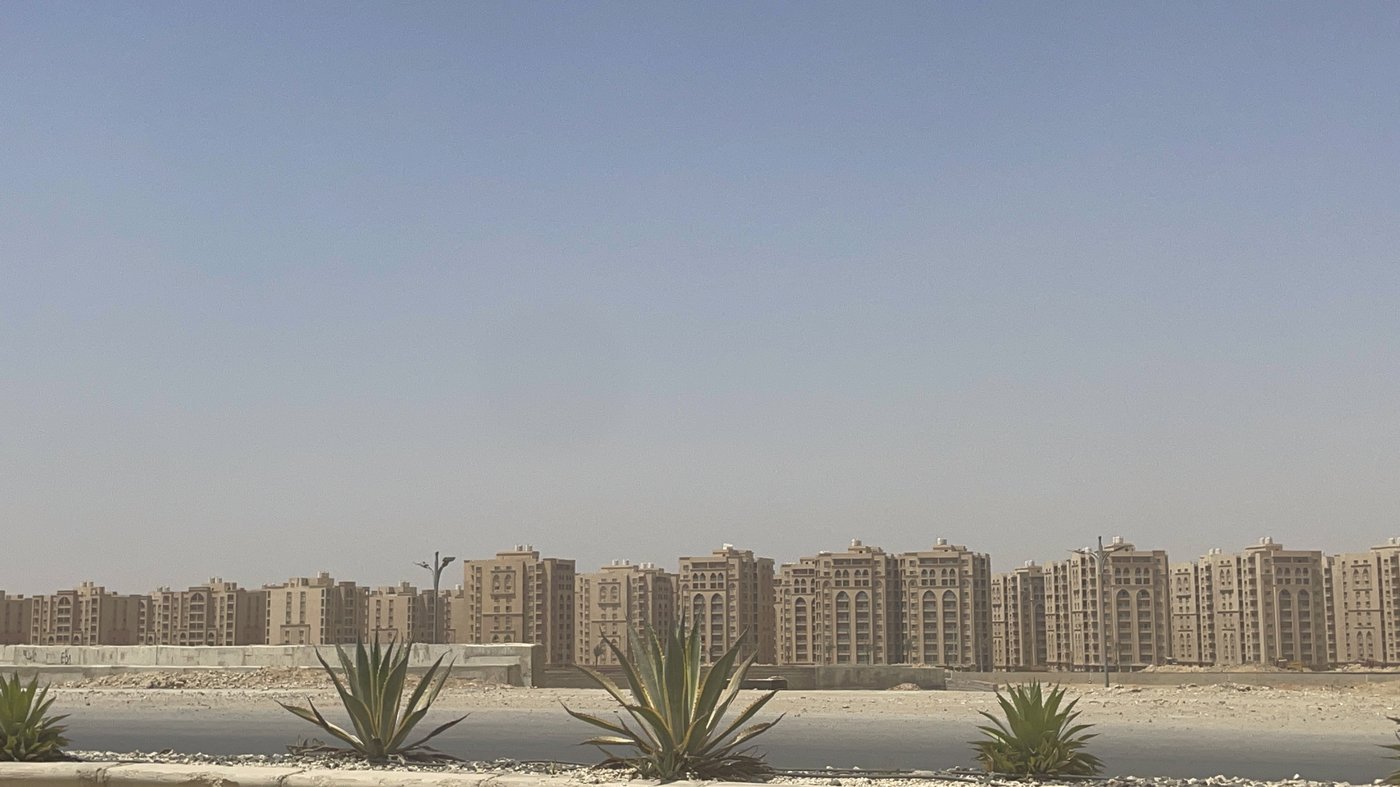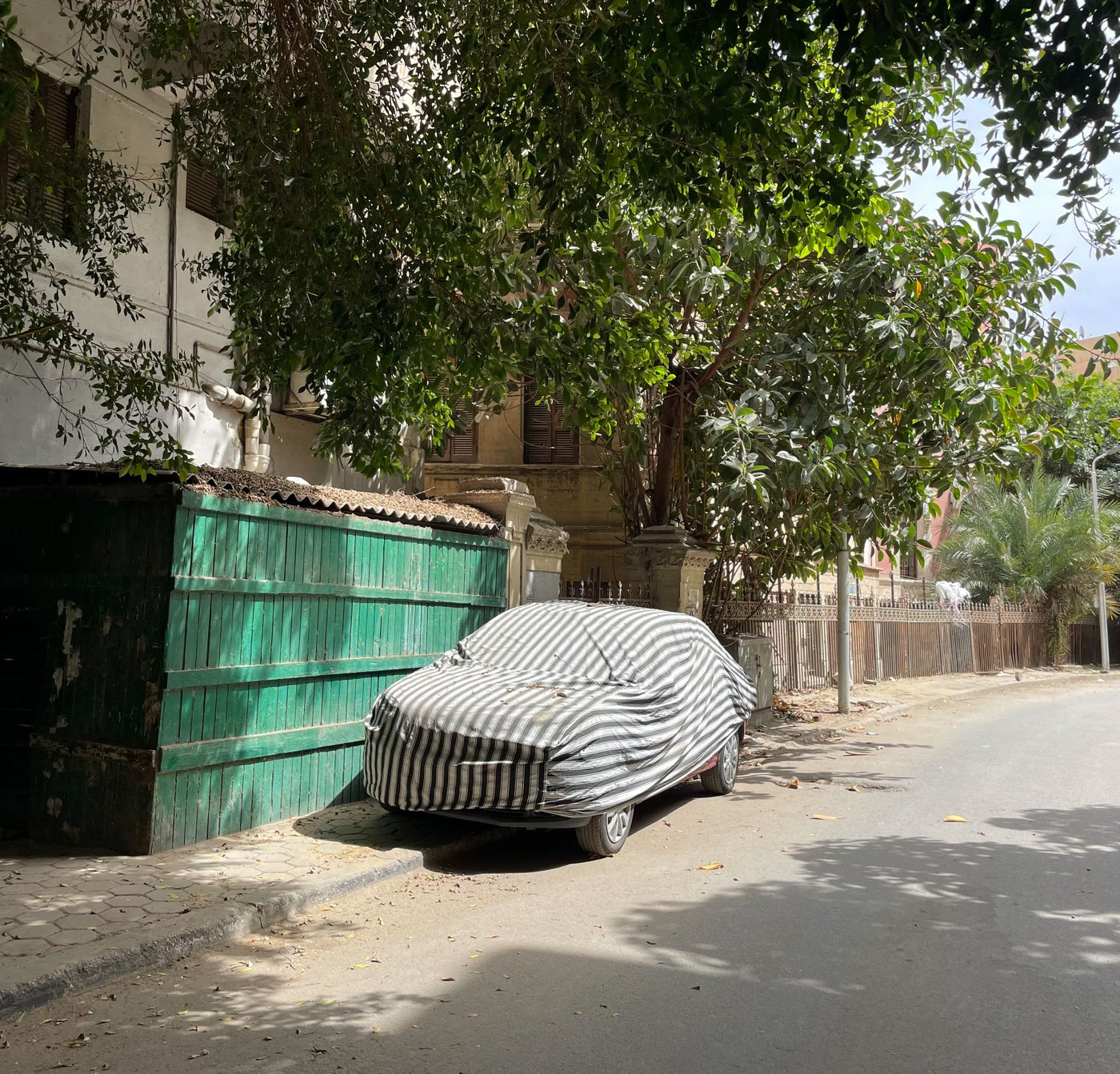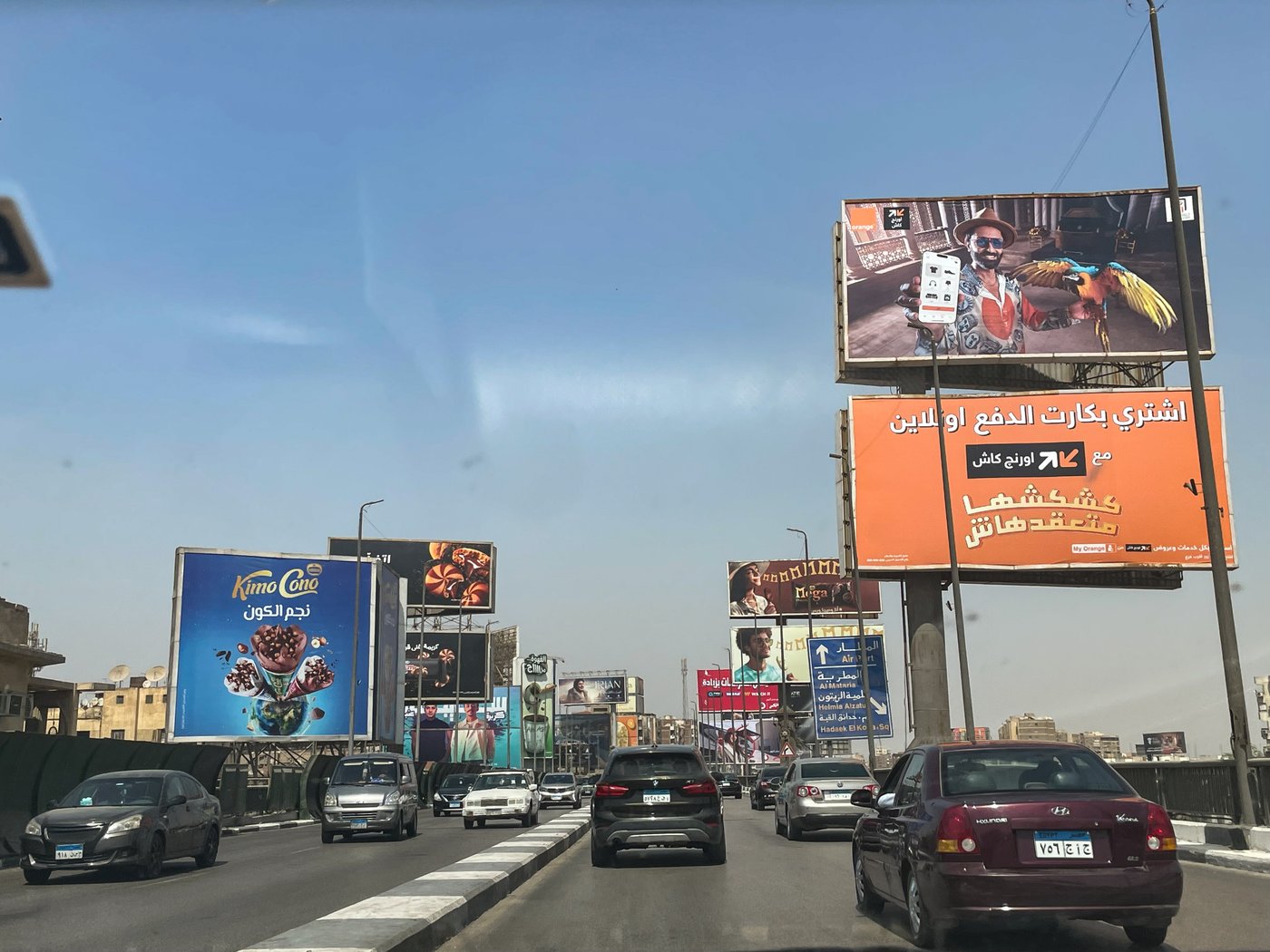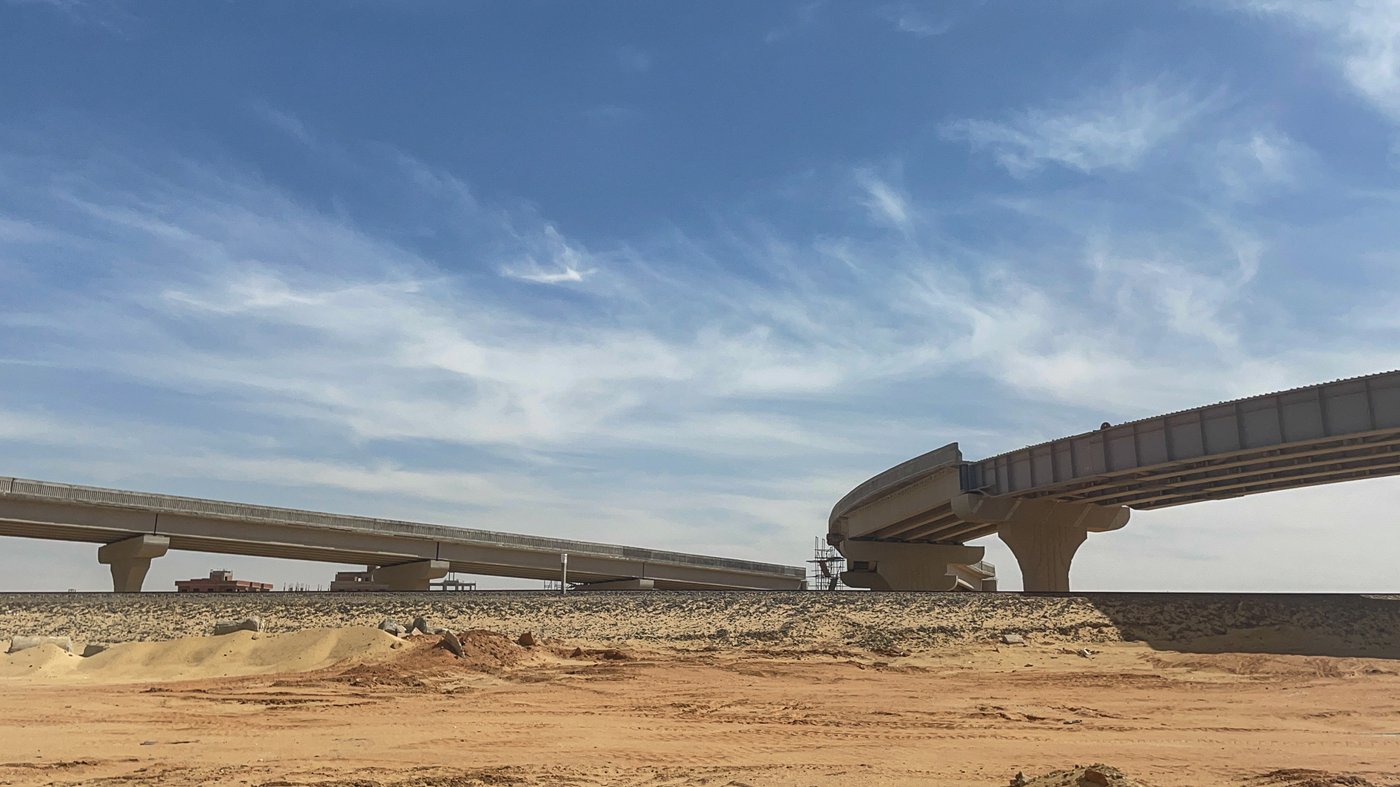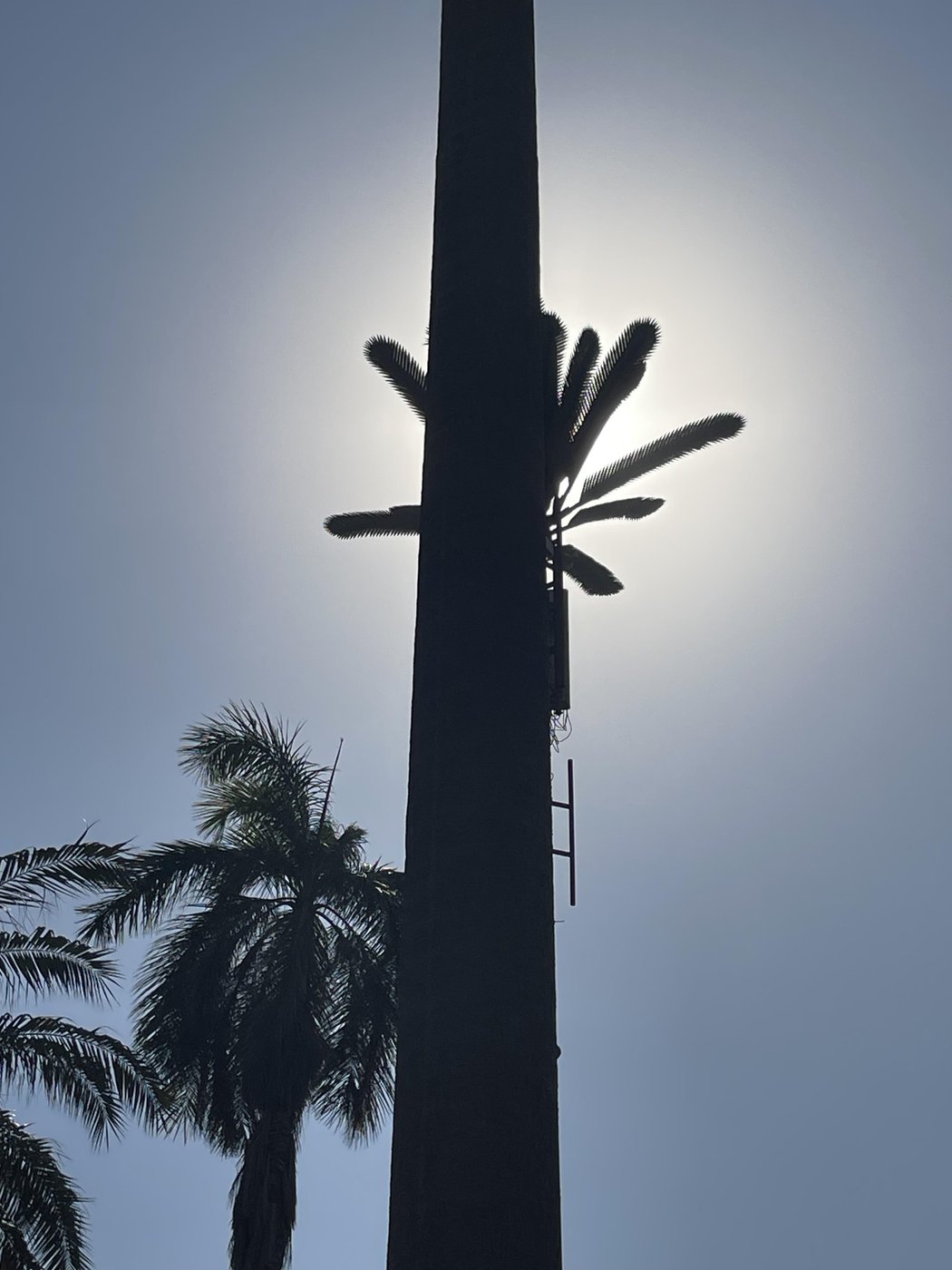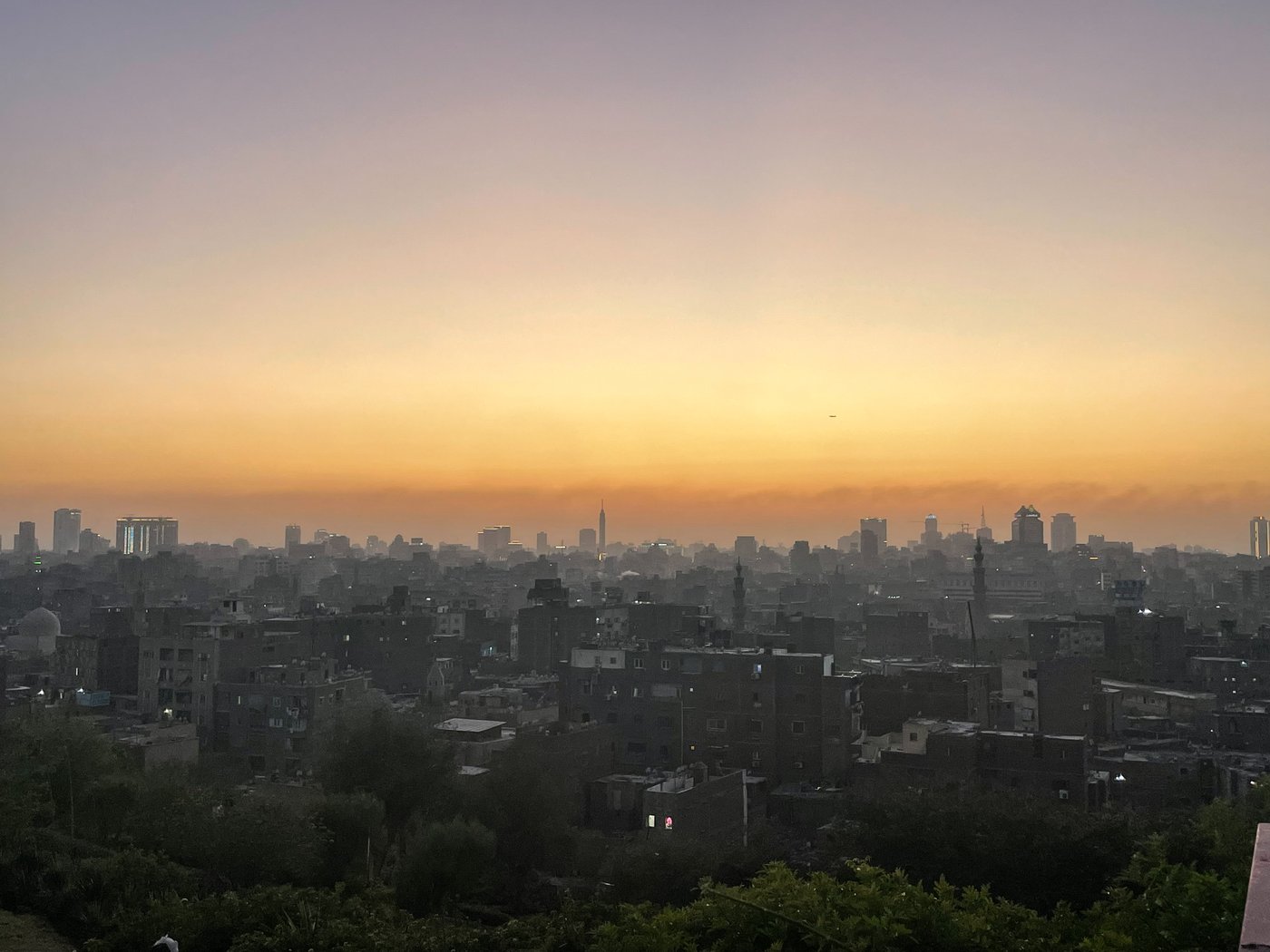Residency in Cairo: Thoughts on an unfamiliar city
Benedikt Werth spent two months as an artist-in-residence in Cairo, Egypt. In collaboration with the Austrian Cultural Forum Cairo (ACF), the Academy of Fine Arts Vienna, and the Federal Ministry for Housing, Arts, Culture, Media and Sport, the residency in Cairo was advertised for graduates of the Academy.
Werth studied Art and Film with Thomas Heise and Tizza Covi at the Academy of Fine Arts Vienna from 2018 to 2023. He describes his impressions of Cairo in March and April of this year in the following text:
After arriving in Cairo, I was initially paralysed for a few days. The constant overstimulation of many things: the insane range of acoustic dynamics, the polluted air that sometimes makes the sinuses impassable, the never-ending built city, both in height and width, like a mosaic of the most diverse ideas of buildings, directly opposite or next to each other.
And over everything lies a layer of historical icing sugar, velvety soft in places.
At first glance, these effects read as negative perceptions. But except for the acoustics (and here it's mainly about the constantly surprising swings and the basic strain of continuous sound) and the air - which, when it moves, can have a relatively more than refreshing effect in its desperate dustiness. You get the feeling that the wind is literally sweeping across the streets, whirling up the icing sugar and depositing it again in a new arrangement. The street sweepers, whose work consists of stirring up dust and occasionally tipping a small pile of packaging waste into their bins, do exactly the same as the wind. Many breaks in between.
And even later, there were always moments when I was caught up in this overexcitement, but I can now counter it with a certain attitude. It takes a bit of training to develop self-confidence in and for a city. Only tourists practise strolling here, people with little money walk, the others take the bus, metro, taxi or car. You hardly ever see bicycles for private purposes.
Yet in ethnography, for example, strolling or walking is an indispensable tool for mapping a city internally. The actually slow (albeit sometimes driven by cars, mopeds or horses) crossing of living spaces, which shake hands from street to street or simply sit shoulder to shoulder.
You meet people sitting, working, playing, praying, laughing, talking, selling, shopping, trading.
You meet animals, silently dead, dead or alive for sale, locked up, harnessed or free.
The dogs are the often sleeping guardians of the street.
The cats sneak through the neighbourhood.
The pigeons watch from above. The countless pigeon coops, often decorated. In a flock - whipped up - the feathered friends circle over the rooftops. Whether they realise that they are part of a sport that is carried out very seriously by humans remains to be seen.
‘Grain & Dust’ could be a possible theme. The dust that lies in the air, on the trees, on things, the dust that settles on the analogue image. The grain as an unavoidable but playable veil layer on every single frame. It gives the image structure, a stability beneath the protective layer. Like the sand dust in the desert that made Momo's hands fireproof.
My own artistic work was initially characterised by uncertainty, as public filming and working with the camera is only possible to a very limited extent and was often described as impossible. So it was more a matter of thinking about strategies and methods to circumvent this restriction; to counteract the uncertainty in order to devote oneself to observations and discover new things for oneself. Although I have not been able to prepare or develop any concrete project plans to explore and contextualise the observations I have made in greater depth, I have documented various phenomena in writing and on film and can now continue to work from this collection of material and hopefully design future residencies with concrete work plans.
Where does the government's fear of film come from? After all, a video sets a temporal context and possibly allows causal chains of actions to be recognised, but it can also go in the opposite direction: It can show the absence of logic in actions. In the end, however, it is probably just a pure act of security, against any form of espionage; against any form of bad image. The fear of losing control.
New Capital
The view from the car of endless rows of gigantic billboards stacked on top of each other and pushed into each other along the motorway. In between, brightly lit flats illuminated by the billboards. Those who live there gaze at mobile phones, biscuits or promising futuristic neighbourhood concepts: Jirian, Palm Hills, Mountain View.
If you look at the satellite photos, plastic villas lined up in a row circle and twist around themselves. No entrance, no exit. These neighbourhoods are not for anyone who wants to move, they are the end of the road; dead ends of urban planning visions.
Then desert.
Finally, gates lifted out of the sand.
The dimensions of the new capital were completely wrong in my little head. For the most part it is still just a desert or a building site, but that it is - as I naively assumed - a kind of district area is a more than false assumption. The government buildings are standing, the palace also looks finished. What is missing is the giant phallus, which so far only exists in a vision sketch. Surrounding it are already individually finished residential areas that can hardly be surpassed in terms of artificiality and uniformity. As in the military, they are uniformed to the point of unrecognisability of the individual. It is one of the most unnatural places in the world. But somehow you don't feel completely uncomfortable either, because the new, shiny things also have an attraction. But it is obvious that it is a completely unnecessary event.
All the money that is being poured into the desert sands here instead of taking care of existing buildings and social gaps is a wasted future. This sadness that it's all about representation and rest for the rich from reality makes it a very lonely spot. At least for now, because there is no one living there. Only working people. In about 5-10 years, it will be interesting to see whether the promises have been realised and enough people have been found to settle there voluntarily. It will then be interesting to see what daily life there does to the structure and development of the area. Where no rubbish bags can be seen on the street yet, in a few years it could look like the more upmarket neighbourhoods of Cairo. What planned cities and their initiators like to ignore is the reality.
